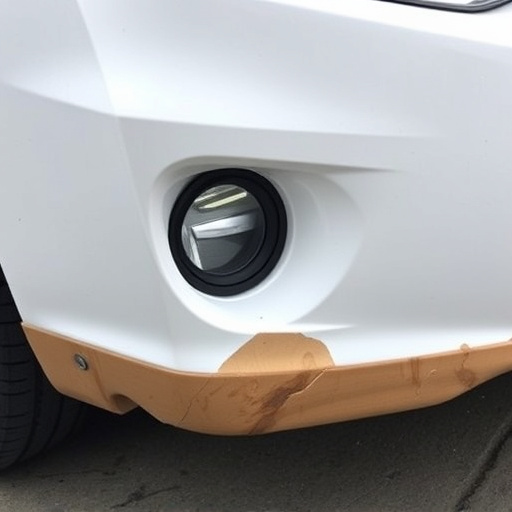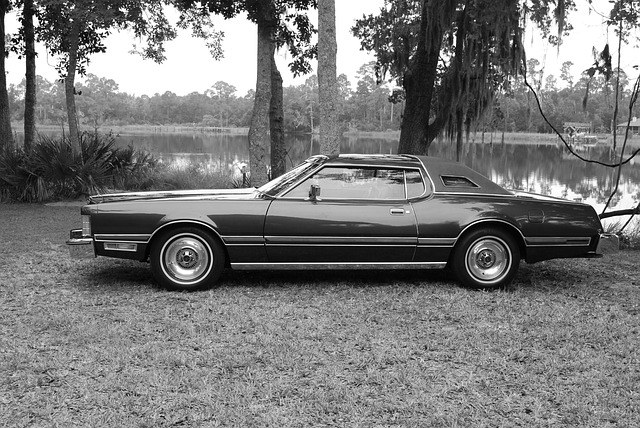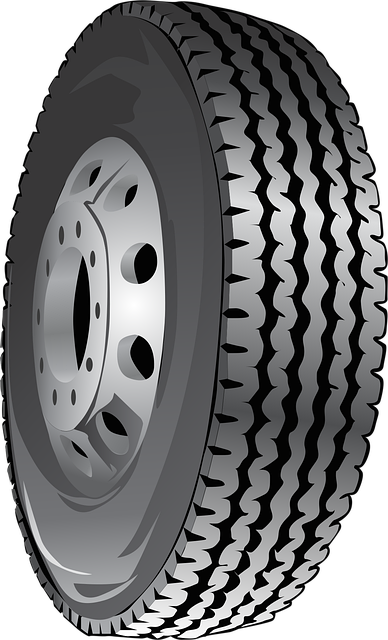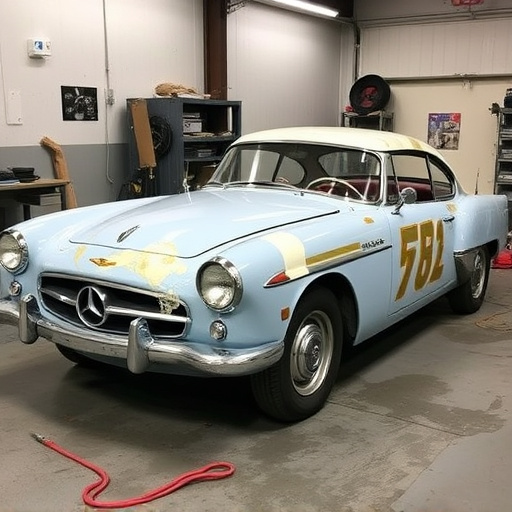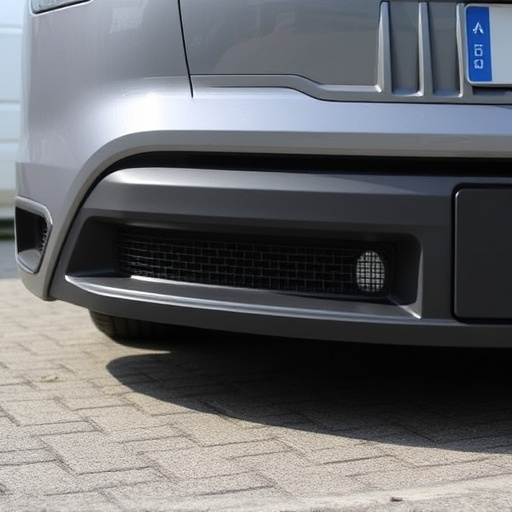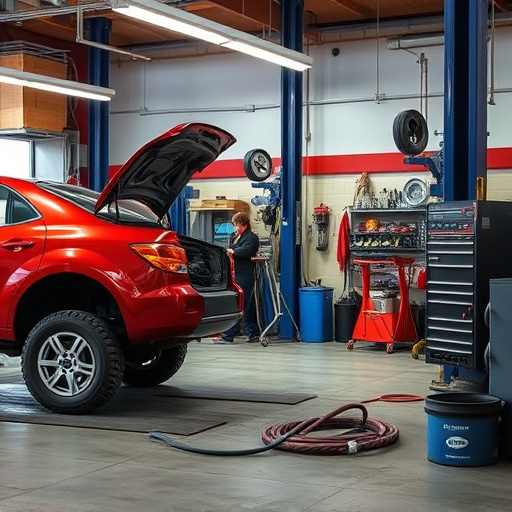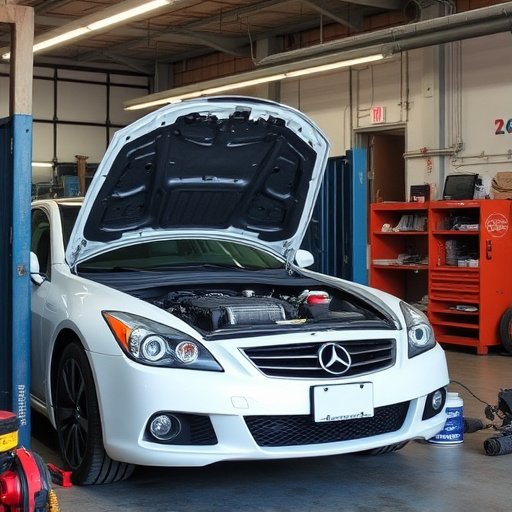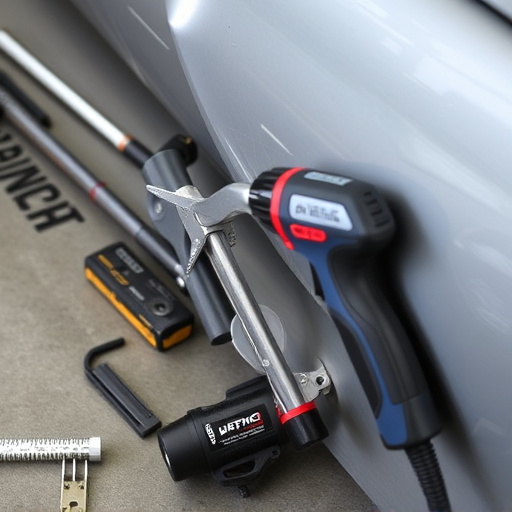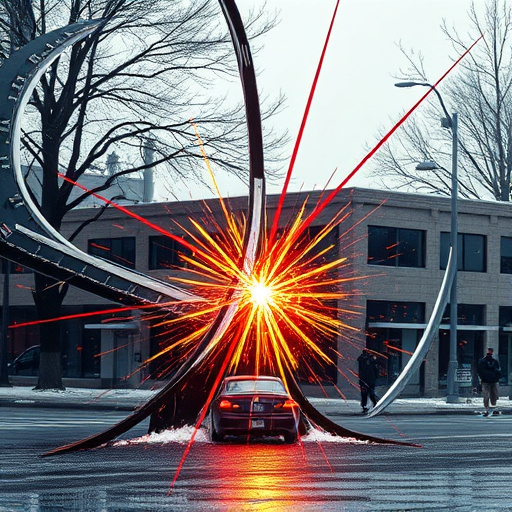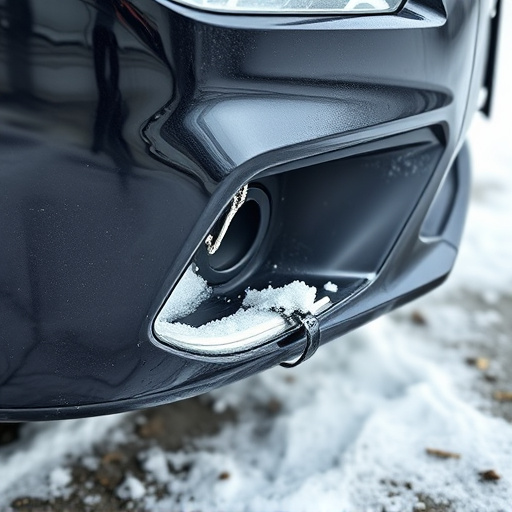The Tesla 12V electrical system, vital for lighting, instrumentation, HVAC, and steering, requires specialized knowledge for repair due to potential issues like power overdraw, wiring problems, temperature extremes, alternator malfunctions, and wear from accidents or poor maintenance. Prompt repair is crucial, as failures can cause starting problems, power loss, and eventual system collapse. Regular battery health checks and climate-appropriate care prevent major glitches. Consult the owner's manual or Tesla customer service for tailored advice on common issues like dead batteries, faulty alternators, and damaged components, seeking specialized help for complex failures.
“Unraveling the intricacies of your Tesla’s 12V electrical system is crucial for maintaining its optimal performance. This comprehensive guide delves into the common pitfalls and potential failures that can disrupt your Tesla’s functions, from power windows to infotainment. Understanding these issues is the first step in ensuring reliable operation. We explore the causes, offer repair solutions, and provide maintenance tips specifically tailored for Tesla 12V system repairs, empowering owners with knowledge to keep their vehicles running smoothly.”
- Understanding Tesla's 12V Electrical System
- Common Causes of 12V System Failure in Teslas
- Repair Options and Maintenance Tips for Tesla 12V System
Understanding Tesla's 12V Electrical System
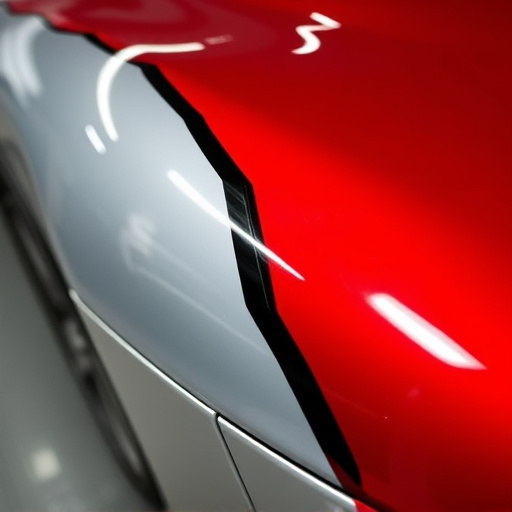
Tesla’s 12V electrical system serves as a critical backbone for numerous essential vehicle functions, often overlooked but indispensable. Unlike traditional internal combustion engines, electric vehicles (EVs) like Tesla’s rely on a 12V system to power various components, from basic lighting and instrumentation to more complex systems like the heating, ventilation, and cooling (HVAC). This system operates independently of the primary high-voltage battery pack, ensuring that even if the main power is compromised, certain functions remain operational.
Understanding the intricacies of Tesla’s 12V system repair is crucial for both vehicle owners and automotive body work professionals. Given the interconnectedness of modern vehicles, a failure in this seemingly minor component can cascade into a host of issues, affecting everything from steering assistance to climate control. As such, specialized knowledge and tools are required to diagnose and address problems effectively, often necessitating visits to certified collision centers or specialized repair facilities.
Common Causes of 12V System Failure in Teslas

The 12V system in Tesla vehicles, while seemingly simple, can experience failures due to a variety of reasons. One common cause is power overdraw from auxiliary components that consume more current than the system can handle, leading to an inability to start or maintain essential functions. Another frequent issue arises from poor wiring connections, corrosion, or damage to the electrical contacts within the system, resulting in intermittent power loss. Extreme temperature fluctuations can also take a toll on the 12V battery and its associated components, causing them to degrade faster than expected.
Additionally, issues with the alternator, which charges the 12V battery while the engine is running, can lead to undercharging or complete failure of the system. Over time, wear and tear on these components, especially in a luxury vehicle repair setting, can necessitate Tesla 12V system repair. Even minor accidents or improper tire services may cause damage that requires extensive autobody repairs, potentially impacting the overall health of the 12V electrical system.
Repair Options and Maintenance Tips for Tesla 12V System
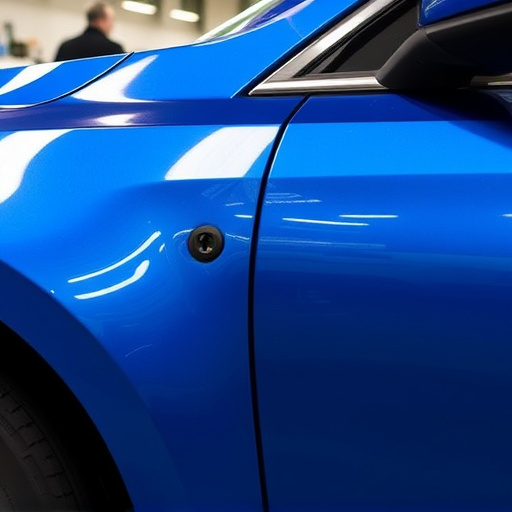
When faced with a 12V system failure on your Tesla, several repair options are available. The first step is to consult your vehicle’s owner manual or reach out to Tesla’s customer service for specific guidance tailored to your model. Common issues may include dead batteries, faulty alternators, or damaged electrical components. For minor glitches, a simple replacement of the battery or affected part might suffice. However, more complex failures may require advanced diagnostics and repairs from a specialized Tesla service center. These centers have the latest tools and trained technicians to handle intricate 12V system issues.
Regular maintenance is key in preventing such problems. Regularly checking your car’s battery health through Tesla’s onboard diagnostic features or visiting an automotive body shop for routine inspections can help catch potential issues early on. Additionally, maintaining a clean and dry environment for your vehicle, especially in regions with extreme climates, can extend the lifespan of your 12V system components. Remember, prompt action and proper care can significantly reduce the risk of major malfunctions, ensuring your Tesla remains reliable and safe to drive.
In conclusion, understanding the intricate workings of Tesla’s 12V electrical system is crucial for maintaining optimal vehicle performance. By identifying common failure causes and implementing effective maintenance tips, owners can significantly extend the lifespan of their Tesla’s 12V system. Prompt action on repairs, when issues arise, is key to ensuring uninterrupted operation of essential vehicle functions. Remember that regular care and timely repairs are integral to the overall reliability and longevity of your Tesla. For any repair needs, considering professional services specializing in Tesla 12V system repair can offer the best solutions.

